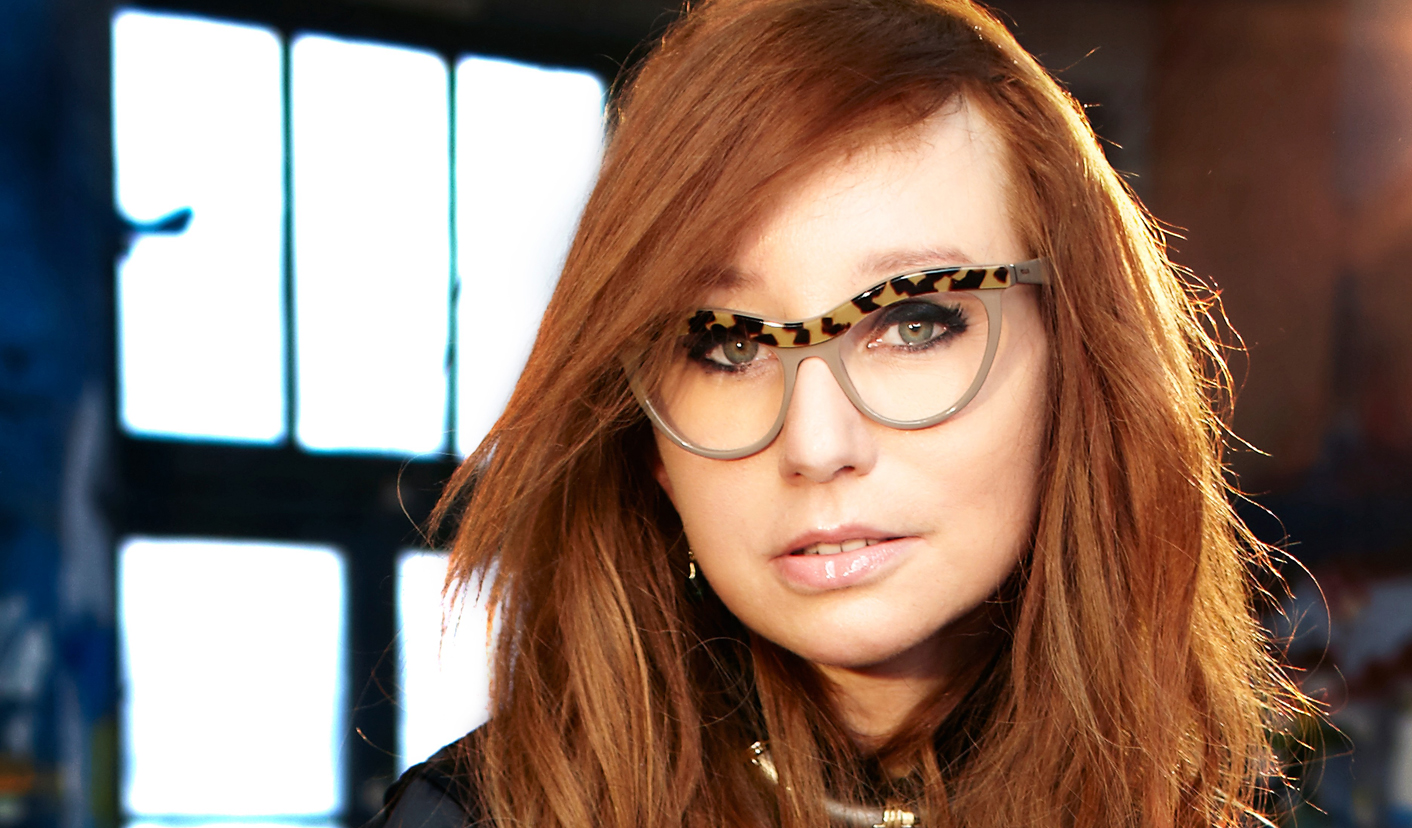Nobody just likes Tori Amos in a lukewarm fashion. Critics think she is a hilarious fruit loop; those who love her, to use adjectives I have heard in the last few days, prefer “blazing”, “mesmerising", “smoking hot”, and “indescribable”. Her influence on music over the past three decades is incalculable, on female artists – those who didn’t fit the cookie cutter – in particular, although by no means exclusively. Alanis Morissette, Regina Spektor, Cat Power, Lady Gaga, Fiona Apple – all these powerful voices owe a debt of gratitude to the path carved out by Amos and her predecessor, Kate Bush. As writer Sady Doyle puts it, “[T]hey don’t need to like Amos to owe their careers to her. By throwing out so many hitherto-unheard-of mutations of pop music, she effectively taught audiences how to hear Joanna Newsom’s odd, alternate-universe fairy tales, or [Taylor] Swift’s defiantly personal, everything-but-his-phone-number lyrics, before they happened.”
Her relentless exposure of pain and suffering, too, had an impact on the personal lives of her fans: her raw, a capella description of her rape in ‘Me and a Gun’, for instance, and her work as an activist for the Rape, Abuse, and Incest National Network (RAINN), which she co-founded, made her a rallying point for survivors of gender violence.
Watch: Tori Amos sings “Promise” with her daughter Tash
frameborder="0" height="315" width="420">
But back to the beginning. Before she was three, she was already attempting to play the family’s piano. Being too small to reach the keys, she would find a way to climb up. "I would grab a phone book and somehow crawl up and sit," she said later. "And my mom said she would find me there, just happy as a clam, playing that piano." By the age of five, her performance of the musical score Oliver! made her the youngest person ever admitted to the prestigious Peabody Conservatory of Music in Baltimore (where she was subsequently expelled by the age of eleven for her unconventional approach and her refusal to simply sit down and learn to read the sheet music. Her first band, for this reason, was called Y Kant Tori Read).
Hoping to find her first professional gig, a 13-year-old Amos asked her father, a Methodist minister, to help. In his clerical collar and with a Bible in hand, he went from bar to bar asking if she could play. His rather unlikely first success was at Mr Henry’s, a gay bar.
Of course, this level of experimentation and originality has not come without its risks. As Amos herself puts it, “I’m an acquired taste. I’m anchovies. And not everyone likes those hairy little things. If I were potato chips, I could go more places.”
Not everyone says it as kindly. Doyle writes: “Laying out a path this broad required Amos to take a startling amount of personal and professional risks — the kind of risks that an artist who wants to maintain a consistent fan base, let alone consistent critical approval or Swift-level sales, can scarcely afford…Which may be why, these days, we scarcely talk about Amos. And, when we do, it’s usually to mock her: Sean O’Neal at The A.V. Club, for example, has dubbed her a “walking, talking Tarot card” and a “singing incense stick”.
If laugh they want to, then laugh they must, however, because Amos herself is certainly not withering into the background. (Also, she once famously said, “If you call me an airy-faerie, new age, hippy waif, I will cut off your penis.”) That aside, however, if anything, she seems to be expanding her repertoire, having recently completed a hugely successful run of her new musical The Light Princess, which was nominated for six WhatsOnStage awards. The musical was co-written with playwright Samuel Adamson and featured director Marianne Elliott, who is known for her work on Curious Incident and War Horse.
"[Producer] Nick Hytner told me, 'Writing a musical is a glorious nightmare'," Amos said of the process. "He said, 'You will have the ride of your life. But you will have to be willing to tear the structure down and write it again'."
Adapted from George MacDonald’s fairy tale, The Light Princess tells of Althea, a princess living under a curse who becomes light with grief and has to be locked up to stop her floating away. The curse can only be broken when she learns to cry.
“Nick said to me, ‘This musical has to be better than good,” Amos told The Evening Standard. “I’m not asking you to go away and dumb this down, or make it for every demographic so we can cash in. I’m telling you the opposite. Go darker, be brave. You can say things to teenagers and adults that will resonate with them when they leave the theatre, things they might have been arguing about that week’.”
Going darker is, in a manner, a speciality of Amos’. At one stage she explained the creative process as, “a sort of backward process that can lead you out of the hellfire. But in order to achieve that, you ought to sit down in front of Lucifer, and have tea with him.” It was something she was prepared to do for The Light Princess; she also told The Standard that the full range of adolescent drama – which she sees through the eyes of her 13-year-old daughter – provided some of the inspiration for the musical.
“We had no desire to set it before the birth of women’s rights. We wanted a teenage lead who could resonate with 21st-century teens and their parents,” she said.
Watch: Soundtrack to the musical The Light Princess, “Better Than Good”




